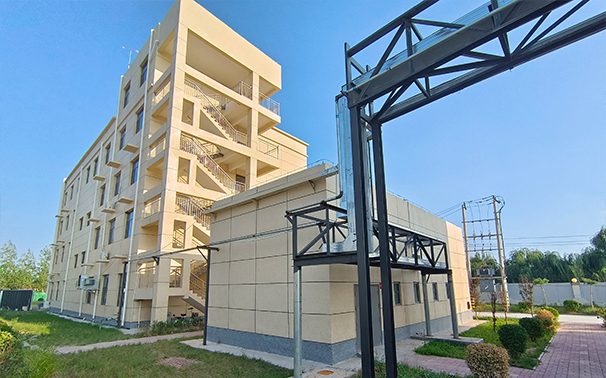Coagulation and Flocculation Processes for Efficient Water Treatment Solutions
Coagulation and Flocculation in Water Treatment
Water is an essential resource for all forms of life, and ensuring its quality is paramount for health and environmental sustainability. Among the various methods used in water treatment, coagulation and flocculation stand out as crucial steps in removing impurities and making water safe for consumption. This article delves into the processes of coagulation and flocculation, their importance, and the mechanisms involved.
Understanding Coagulation and Flocculation
Coagulation and flocculation are physical and chemical processes that aggregate suspended particles in water, facilitating their removal. Coagulation involves the addition of chemical coagulants (like alum, ferric chloride, or polymers) to water, which neutralizes the charges of the suspended particles. These particles are often colloidal, meaning they remain suspended due to their small size and surface charge, which prevents them from settling.
Once the particles are neutralized, they are able to collide and bind together to form larger particles known as flocs during the flocculation stage. The process of flocculation typically involves gentle stirring to promote the agglomeration of these small particles into larger clusters or flocs. This larger mass can then be removed more easily through sedimentation or filtration.
The Importance of Coagulation and Flocculation
The significance of coagulation and flocculation in water treatment cannot be overstated. They play a vital role in removing a wide range of impurities, including
1. Suspended Solids These include dirt, silt, and other particulate matter that cloud water. The removal of suspended solids significantly improves water clarity and color.
2. Microorganisms Bacteria, viruses, and protozoa can often attach themselves to larger particles. By removing these larger particles, coagulation and flocculation also help in reducing the microbial load in water.
3. Organic Matter Humic acids and other natural organic compounds can affect water quality and taste. Removing these substances helps in maintaining the aesthetic qualities of water.
coagulation and flocculation in water treatment

4. Heavy Metals Certain coagulants can bind with heavy metals, facilitating their removal from the water supply.
The Coagulation and Flocculation Process
The effectiveness of coagulation and flocculation largely depends on several factors, including the type and dosage of coagulants used, the mixing intensity, and the water temperature and pH. Each of these factors can influence the reaction kinetics and the final quality of the treated water.
1. Coagulant Selection Different coagulants are used based on water quality and the type of impurities present. For instance, aluminum sulfate is commonly used for its effectiveness in a wide range of pH values.
2. Dosage Control The correct dosage of coagulants is crucial. Insufficient dosages may result in poor particle aggregation, while excessive dosages could introduce additional pollutants or alter water chemistry.
3. Mixing and Contact Time Initial rapid mixing is essential to disperse the coagulant evenly throughout the water. Following this, slow mixing allows adequate time for flocs to form and grow.
4. Sedimentation and Filtration After floc formation, the water typically undergoes sedimentation, where the denser flocs settle at the bottom of the treatment basin. The supernatant water is then filtered to remove any remaining particles before disinfection.
Conclusion
Coagulation and flocculation are fundamental processes in modern water treatment systems, enabling the effective removal of a variety of contaminants. By transforming small, suspended particles into larger aggregates, these processes significantly enhance water quality. As global water scarcity and contamination continue to challenge communities, understanding and improving coagulation and flocculation techniques will be essential in ensuring access to safe and clean drinking water. Thus, these processes not only represent a critical component of water treatment but also play a pivotal role in safeguarding public health and promoting environmental sustainability.
-
Water Treatment with Flocculant Water TreatmentNewsJun.12,2025
-
Polymaleic AnhydrideNewsJun.12,2025
-
Polyaspartic AcidNewsJun.12,2025
-
Enhance Industrial Processes with IsothiazolinonesNewsJun.12,2025
-
Enhance Industrial Processes with PBTCA SolutionsNewsJun.12,2025
-
Dodecyldimethylbenzylammonium Chloride SolutionsNewsJun.12,2025





